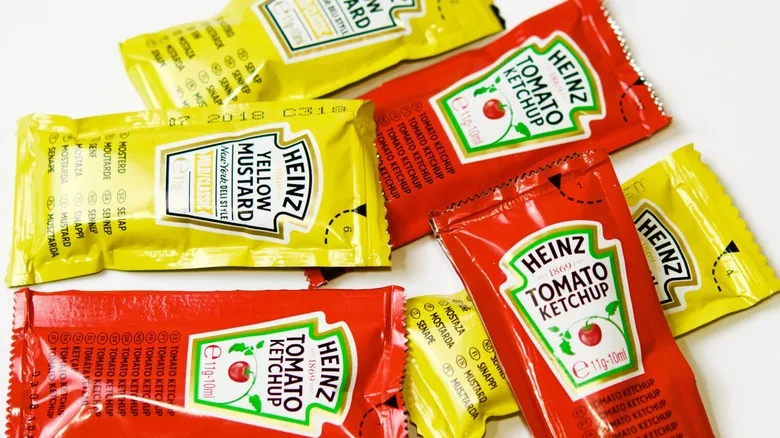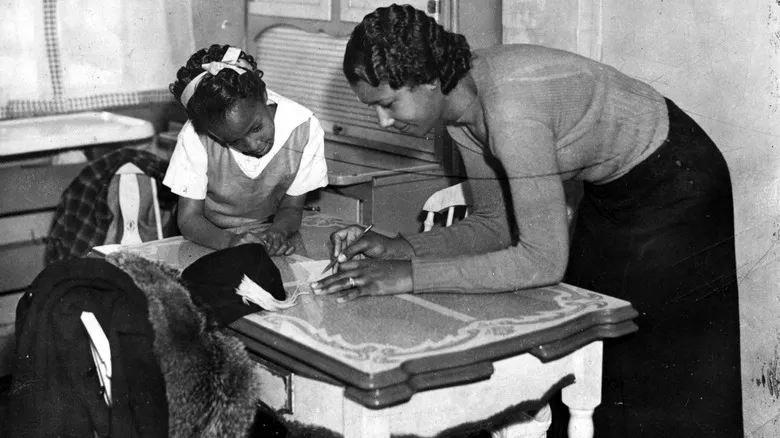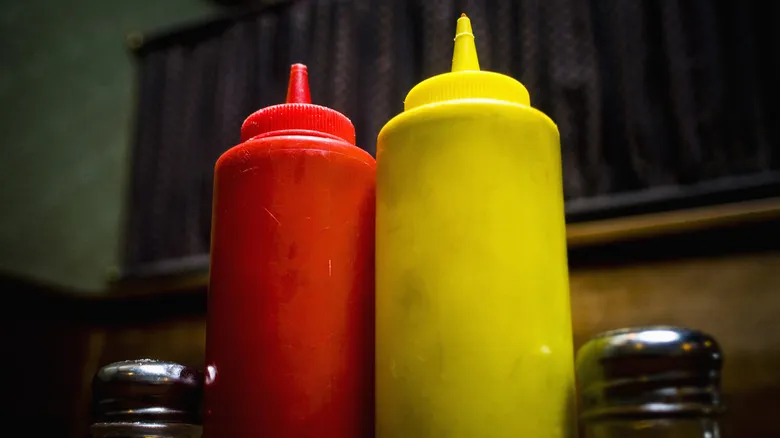A condiment history lesson

Consider this: Mustard has been savored by people since long before the Great Pyramids were constructed, well before Cleopatra's time, and around the same period that Stonehenge was being built. Admittedly, back then it was consumed in its crushed seed form, but even in its modern condiment version, it dates back to at least 1390. In other words, it was always meant to be a condiment icon of contemporary cuisine.
On the other hand, ketchup is believed to have originated in southern China, made from fish entrails and soybeans — yes, ketchup didn't always contain tomatoes. In fact, even today, various types of ketchup are favored in different regions, such as banana ketchup in the Philippines and mushroom ketchup in the U.K. What they all share is the use of an acid, like vinegar or alcohol, to preserve the sauce, which was once essential for long sea voyages and trade routes. This preservation method is still beneficial today, as both ketchup and mustard have a long shelf life in the fridge and can last a considerable time in the pantry once opened. This makes them essential kitchen items that Americans can purchase infrequently yet always have available when needed.
The condiment kings of American food

One reason that over 90% of American households consistently keep ketchup on hand today is that tomato ketchup was truly refined in the United States. The commercially made tomato ketchup of the late 1800s was thicker and sweeter compared to the earlier, thinner, and more watery versions, which were more akin to a sauce than a dipping condiment. In 1876, Heinz introduced its iconic Tomato Ketchup, which many deemed the ideal balance of sweet and salty—making it the perfect accompaniment to greasy diner or dive-bar fare. Coupled with the rise of fast food establishments along the expanding highway system and the enduring popularity of barbecues, the condiment industry thrived.
As for mustard, its true potential was famously acknowledged at the 1904 World's Fair, where it was (reportedly) first paired with hot dogs. From that moment, it teamed up with another quintessentially American tradition—baseball—to become the go-to topping for hot dogs at ballparks, a status it still holds today. Interestingly, while many enjoy ketchup and mustard together, some Chicagoans argue that putting ketchup on a hot dog is almost a crime, as it masks the zesty flavor of the mustard. Regardless of whether they are enjoyed separately or together, one thing is clear: Americans have declared that ketchup and mustard are a perfect pairing.
Recommended

Elvis Presley's Last Meal Was A Combination Of Sweet Treats

What Was The Final Meal Served On The Titanic?

Grocery Lists Looked A Lot Different In The 1950s

Migas Vs Chilaquiles: What's The Difference?
Next up

